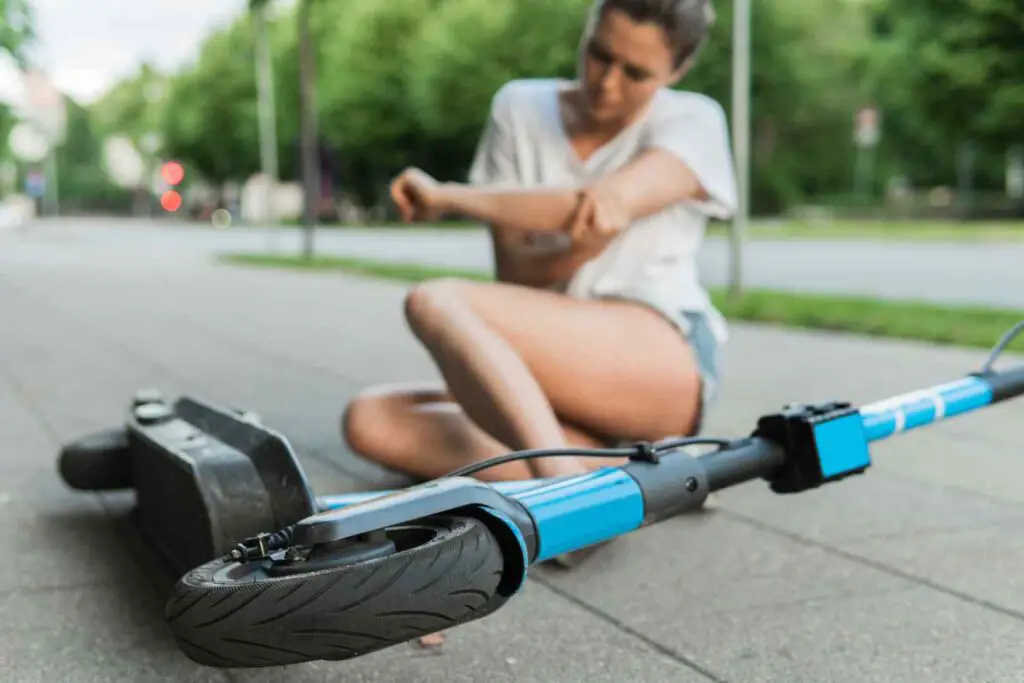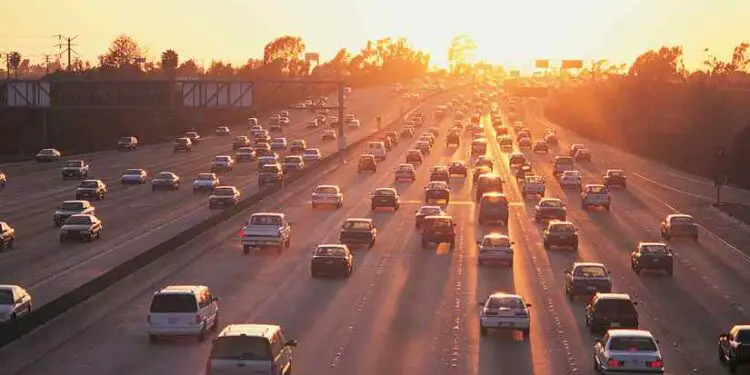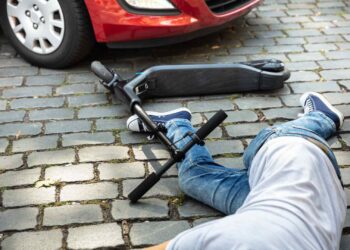Moped scooters have become a popular mode of transportation for many individuals due to their affordability, fuel efficiency, and ease of use. However, a common question among moped riders is whether or not they are allowed to ride their scooters on the highway. In this article, we will explore the regulations and considerations regarding the use of moped scooters on the highway, providing you with a comprehensive understanding of this topic.
Table of Contents
Highway Laws and Regulations
The permissibility of riding a moped scooter on the highway varies depending on the jurisdiction. In some states or countries, mopeds are allowed on highways, while in others, they are strictly prohibited. It is crucial to familiarize yourself with the local laws and regulations governing moped scooter usage before embarking on highway travel.
Speed Limit Restrictions
Speed limits play a significant role in determining whether or not mopeds are allowed on highways. In general, highways have higher speed limits compared to urban roads.
Since mopeds are designed for lower speeds, they may not be suitable for traveling on highways where faster vehicles are the norm. It is essential to adhere to the posted speed limits and avoid highways if your moped cannot maintain the required speed.
Safety Precautions
When considering riding a moped on the highway, safety should be the top priority. Mopeds have smaller engines and less power compared to motorcycles, making them more vulnerable in high-speed traffic situations. It is crucial to wear appropriate safety gear, including a helmet, gloves, and protective clothing. Additionally, maintaining a safe distance from other vehicles, using turn signals, and being aware of blind spots can help ensure a safe highway riding experience.

Insurance and Licensing
In many jurisdictions, moped scooter riders are required to have proper licensing and insurance coverage. This is especially true if you intend to ride your moped on the highway. Obtaining the necessary license and insurance not only keeps you compliant with the law but also provides financial protection in case of accidents or damages.
Moped Modifications
Some moped riders may consider modifying their vehicles to increase their speed or performance, making them more suitable for highway travel. However, it is essential to note that modifying a moped scooter can affect its legality and compliance with highway regulations. Always consult local laws and regulations before making any modifications to your moped.
Alternative Routes for Moped Riders
If riding on the highway is not permissible or feasible, moped riders can explore alternative routes to reach their destination. Local roads, side streets, and designated bike lanes can provide safer and more suitable options for moped travel. Plan your routes ahead of time, considering road conditions, traffic, and distance to ensure a smooth and enjoyable journey.
Benefits of Using Mopeds on Highways
Despite the restrictions and considerations, there are certain advantages to using mopeds on highways. Mopeds are highly fuel-efficient, helping riders save money on transportation costs. They also have smaller footprints, making them environmentally friendly by reducing congestion and emissions.
Furthermore, riding a moped on the highway can be an enjoyable and convenient way to travel longer distances, especially in areas with well-maintained roads and scenic routes.
Disadvantages of Using Mopeds on Highways
While there are benefits to using mopeds on highways, it is crucial to consider the potential drawbacks as well. Mopeds have limited power and speed, which may lead to slower travel times compared to other vehicles on the highway.
They are also more exposed to the elements and less stable than larger vehicles, making them more susceptible to strong winds or adverse weather conditions. Additionally, highway riding can be more mentally and physically demanding for moped riders due to increased traffic and the need for heightened situational awareness.
Tips for Riding a Moped on the Highway
If you are allowed to ride your moped on the highway, consider the following tips for a safe and enjoyable experience:
- Always wear appropriate safety gear, including a helmet, gloves, and protective clothing.
- Maintain a safe distance from other vehicles and be mindful of blind spots.
- Adhere to the posted speed limits and avoid traveling at speeds beyond your moped’s capabilities.
- Use turn signals and hand signals to communicate your intentions to other drivers.
- Stay focused and be aware of your surroundings, anticipating potential hazards and reacting accordingly.

Promoting Moped Safety
To enhance moped safety on the highway, it is crucial for both riders and motorists to be educated about sharing the road responsibly. Public awareness campaigns and targeted educational initiatives can help promote mutual respect and understanding between different road users. Additionally, incorporating moped safety guidelines into driver’s education programs can raise awareness and foster a safer road environment for all.
Conclusion
In conclusion, whether or not moped scooters are allowed on the highway depends on local laws and regulations. Riders should familiarize themselves with the specific rules governing their jurisdiction to ensure compliance and safety. While highway travel may not be suitable for all moped riders, those who are permitted to ride on highways should prioritize safety, adhere to speed limits, and take necessary precautions to make their journey as smooth and secure as possible.
FAQs
1. Can I ride my moped on the highway without a license?
No, it is generally required to have a valid license to operate a moped on the highway. Check the local laws in your jurisdiction to determine the specific licensing requirements.
2. Are there any specific speed limits for mopeds on the highway?
Speed limits for mopeds on the highway may vary depending on the jurisdiction. It is essential to adhere to the posted speed limits and ensure that your moped can safely maintain the required speed.
3. Do I need insurance for my moped if I plan to ride it on the highway?
In many jurisdictions, it is mandatory to have insurance coverage for your moped, regardless of whether you ride it on the highway or not. Check with local authorities or insurance providers to determine the specific requirements.
4. Are there any additional safety precautions I should take when riding a moped on the highway?
Apart from wearing proper safety gear, maintaining a safe distance from other vehicles, and adhering to speed limits, it is crucial to stay focused, be aware of your surroundings, and anticipate potential hazards on the highway.
5. Can I modify my moped to make it suitable for highway travel?
Modifying your moped to increase its speed or performance may affect its legality and compliance with highway regulations. Always consult local laws and regulations before making any modifications.
















